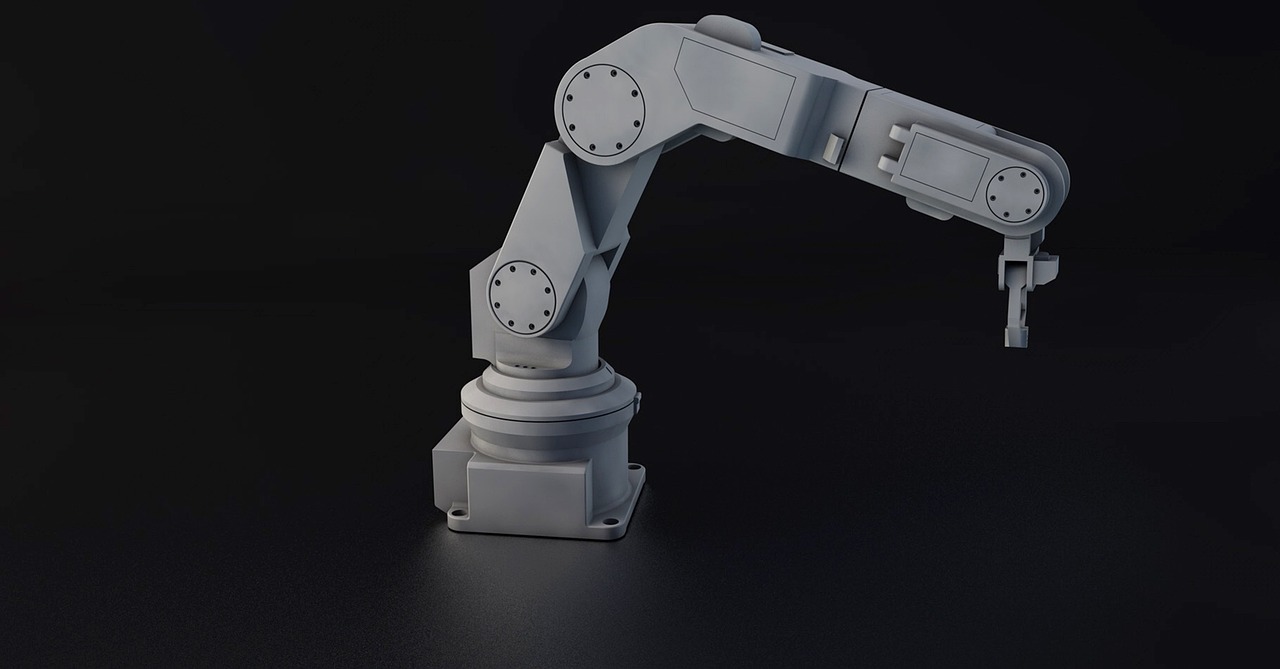The coronavirus pandemic has hastened seismic shifts in the healthcare industry, particularly by prioritizing forms of treatment that do not involve direct contact. This includes the use of robotics. While researchers were focused on robotics in health care before the pandemic, the artificial intelligence (AI) driving robotics has become more sophisticated in recent years, setting the stage for more sophisticated applications in the delivery of health care. Plus, the use of robots has the benefit of reducing person-to-person contact, which may be important for years to come.
Using robots in healthcare poses several benefits. Robots can make medical procedures both safer and less expensive while also taking over tasks that can free healthcare personnel to focus on more complex responsibilities. Robots are not prone to normal human errors and can be extremely precise in their delivery of care while also driving overall efficiency. Also, while robots require routine maintenance and may be expensive at first, they are expected to reduce the overall cost of care in the long run and save hospitals and patients considerable money. Robots may also be able to facilitate more at-home care, which reduces the strain on hospital resources. Currently, the use of robotics in health care is being explored in four primary ways, which are:
1. Care robots
As the name suggests, care robots take direct care of patients. While this may see some pushback from patients due to the loss of the clinician-patient relationship, robots can do their jobs without any sort of human supervision and can facilitate care in the hospital and at home. In the near future, it is feasible that patients could stay in the hospital for just a short period for initial recovery, and then go home with a care robot for further observation and treatment, freeing up beds for other patients.
Care robots have the potential to fulfill several different functions. For example, these robots could help patients who are older or who have difficulties with mobility. The robots could also perform simple tasks, such as taking vital signs, so that nurses can focus on other duties.
Care robots remain a hope for the future, but as robotics grow more sophisticated, it will be only a matter of integrating systems and training AI to operate in different types of environments.
2. Surgical robots
Some robots are already being used in surgeries, particularly microsurgeries demanding extreme precision. Moving forward, these robots will likely grow more complex and able to perform some functions autonomously, or at least under the supervision of a surgeon. Currently, surgeons typically control the machine in the operating room using a nearby terminal, but the real promise of these machines is facilitating remote surgeries.
With 5G technology delivering faster and more reliable Internet, the possibility of remote surgeries is becoming more exciting. Surgeons could theoretically perform surgery from thousands of miles away, which could improve the delivery of care in resource-poor areas. Moving forward, robots may be programmed to perform some of the more routine surgeries autonomously, with perhaps even more complex procedures one day.
3. Hospital robots
One of the biggest benefits of robotics for the healthcare industry could be the automation of many of the tasks that make hospitals run effectively. Hospital robots could perform a wide range of functions, from cleaning and sterilizing rooms to delivering medications to patients and collecting lab specimens. Some hospitals are already using the Xenex robot, which can disinfect an entire hospital room in less than 20 minutes. This means that fewer workers need to jeopardize their health to keep the hospital running effectively. These types of robots can shorten wait times, drive efficiency, and save money.
4. Exoskeletons
Robotics also has a role to play in therapeutics, especially for patients with disabilities or those who have lost a limb. The FDA approved the use of robotics for facilitating the use of dysfunctional or only partially functional limbs in 2011, and since then, the exoskeleton industry has emerged as one of the fastest-growing sectors in robotics.
Exoskeletons use sensors to track electrical signals coming from the brain meant to control the limb. The AI systems can interpret these signals and move the machinery in the way the wearer intends.
While exoskeletons may seem like science fiction, scientists have made incredible progress with them. Users can move them by simply making the normal movements they would as if the limbs were natural. Recently, a man who was paralyzed was given a complete exoskeleton suit that he can control through a panel that interprets electrical signals directly in his brain. In the future, these types of systems will only grow more complex and effective.

